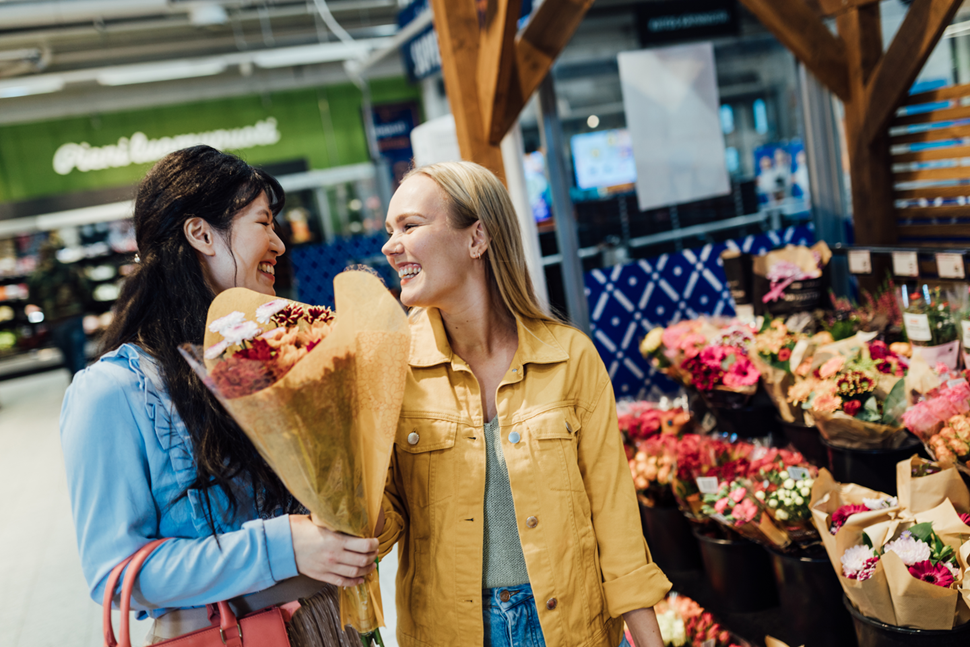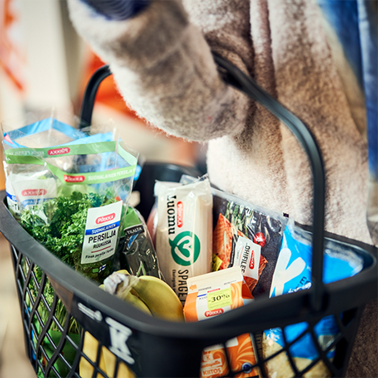Finland is lagging behind in its achievement of the EU’s targets to reduce the use of plastic carrier bags and for recycling plastic. New measures are needed and both businesses and customers must be involved. Customers are being encouraged to reduce...

Bio-based packaging is increasingly common but consumers are confused by the terms

Nowadays, more and more products are being packaged in bio-based packaging made from renewable raw materials. The roll-out of bio-based packaging materials has been accelerated for reasons related to the environment and natural resources, by legislation and growing customer expectations.
According to K Group’s survey*, bio-based packaging is considered a more environmentally friendly alternative. Cardboard, paperboard and paper (86%) and bio-based and biodegradable plastic (62%) were at the top of the list when consumers were asked about the best packaging materials from the environmental perspective.
K Group favours bio-based packaging materials in its own products and focuses on improving the recyclability of packaging.
“In spring 2021, we replaced the fossil-based plastics used in the packaging of Pirkka rose begonias with wood-based plastic made by Finnish company Woodly, and launched new products packed in paper, paperboard and cardboard. Over the Christmas period all Pirkka amaryllis plants were wrapped in FSC-certified paper wrapping instead of plastic. This saved 2.5 tonnes of plastic, which corresponds to about 120,000 plastic bags,” says Timo Jäske, Vice President of Sustainability for Kesko's grocery trade.
Packaging development is a delicate balancing act, as bio-based packaging is not necessarily always a more environmentally friendly alternative.
“The main purpose of packaging is to protect the product, so the product’s properties have a significant impact on the choice of packaging material. For example, in the case of food, the right type of packaging will protect the product, keeping it safe and edible. Food waste has a far greater impact on the environment than packaging – packaging accounts for only a few per cent of the climate impact of food,” Jäske continues.
Consumers must be familiarised with the terms and sorting should be easy
According to the survey, very few feel that bio-based packaging is easy to understand. Consumers also find the packaging terms beginning with ‘bio’ confusing.
“The terms ‘bio-based’, ‘biodegradable’ and ‘compostable’ are easily mixed up, even though they are not mutually dependent. The majority of consumers are still unclear about the fact that bio-based packaging is not always biodegradable,” says Jäske.
As new packaging materials become more common, it is important that consumers are familiar with the terms and the characteristics associated with them, and that consumers know how to sort them properly. Almost half of the respondents (43%) feel that sorting packaging material in the correct way is more important than the actual packaging material. In order to make the sorting of packaging as easy as possible for consumers and to ensure that packaging from households ends up being recycled, clear written instructions are added to the packaging of all the Pirkka, Pirkka Parhaat and K-Menu products, which adds up to over 3000 products.
“No packaging, not even compostable packaging, belongs in nature. It is important to remember that we can all minimise the environmental load of packaging by sorting it correctly – household waste is a valuable raw material for new products,” says Jäske.
Packaging vocabulary
Bio-based: Bio-based packaging is made from renewable raw materials of organic origin. Being bio-based is no guarantee that the packaging is biodegradable or compostable.
Biodegradable: Various micro-organisms break down the biodegradable material and this generates and carbon dioxide (or methane), water and biomass. Biodegradability depends on the amount of time and the type of environment, so the conditions and amount of time in which the material will biodegrade must always be specified.
Compostable: Composting is human-controlled biodegradation where moisture and temperature are set at a desired level and where degradation takes place over a given time.
Source: The Finnish Packaging Association
*Data collection was carried out through K Group’s customer organisation K-Kylä in September 2021. A total of 1237 consumers across Finland responded to the survey.
 YES
YES
 NO
NO









